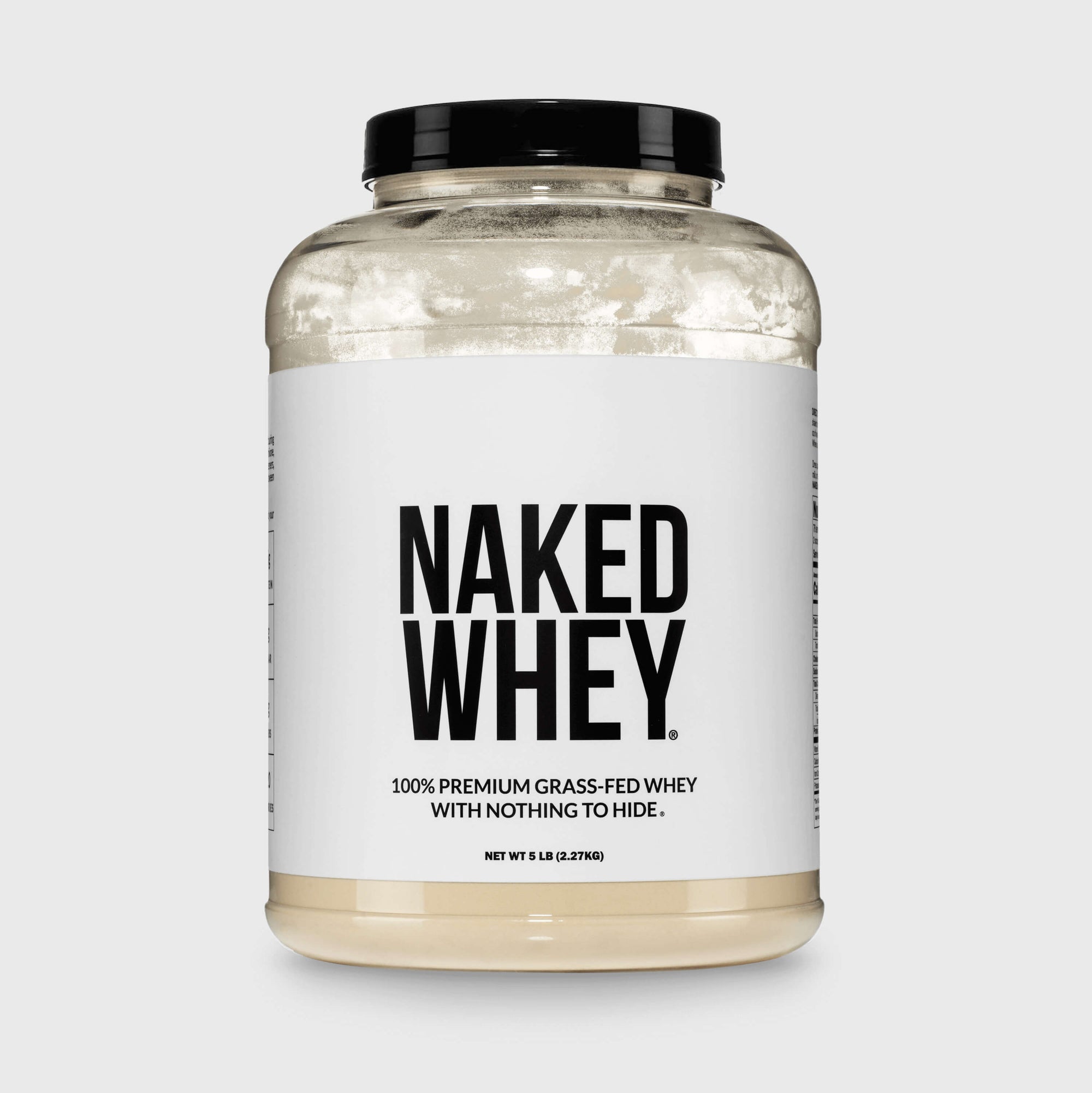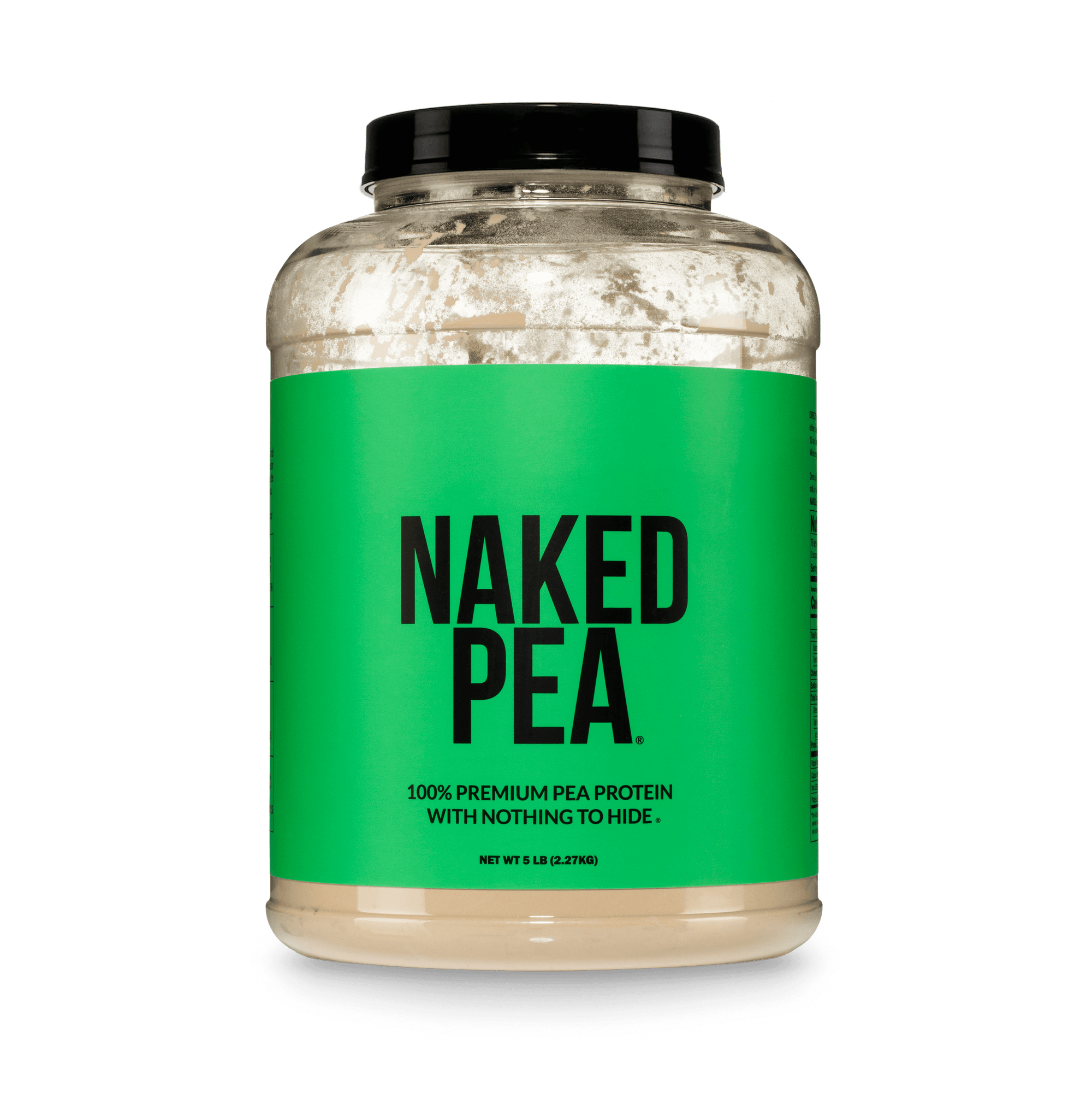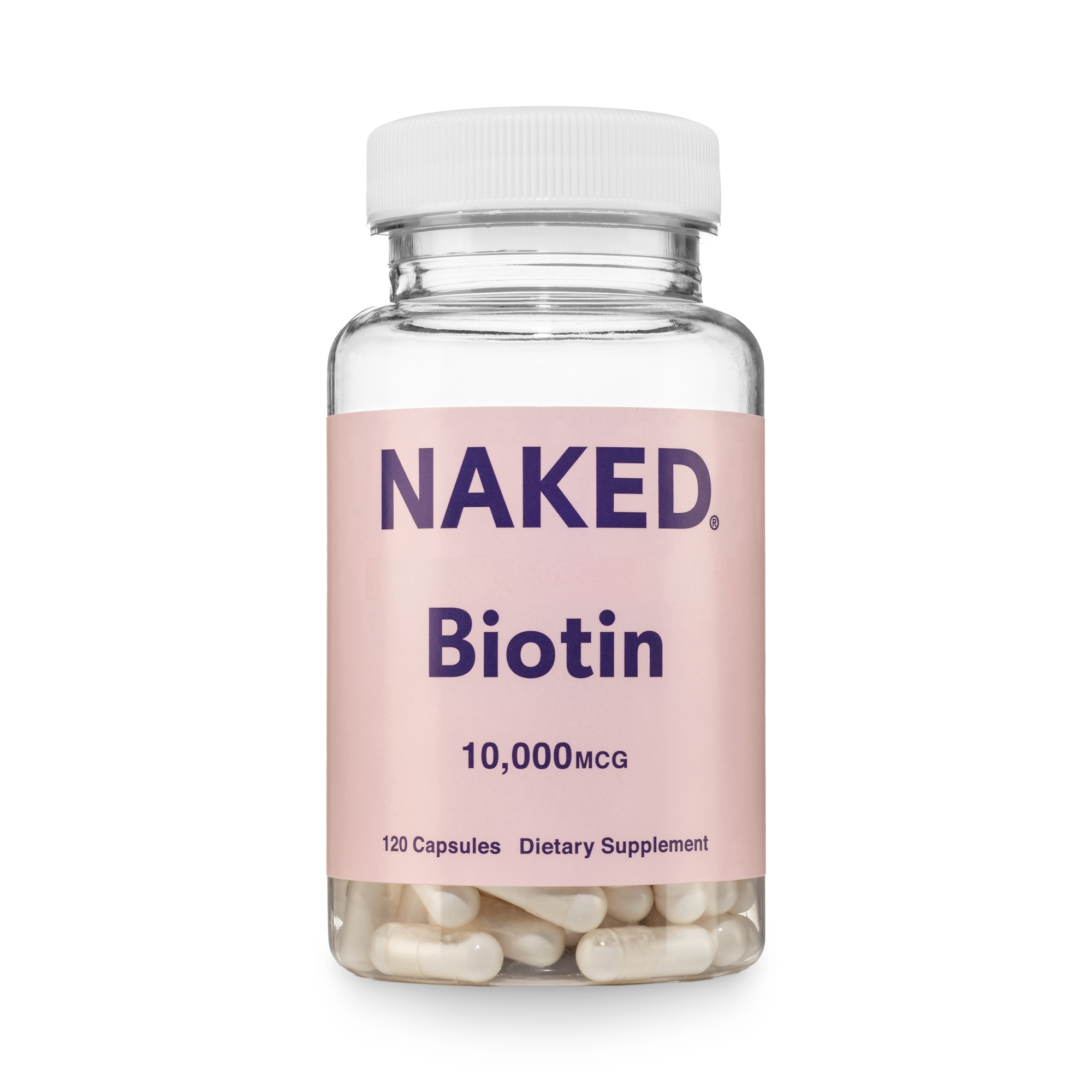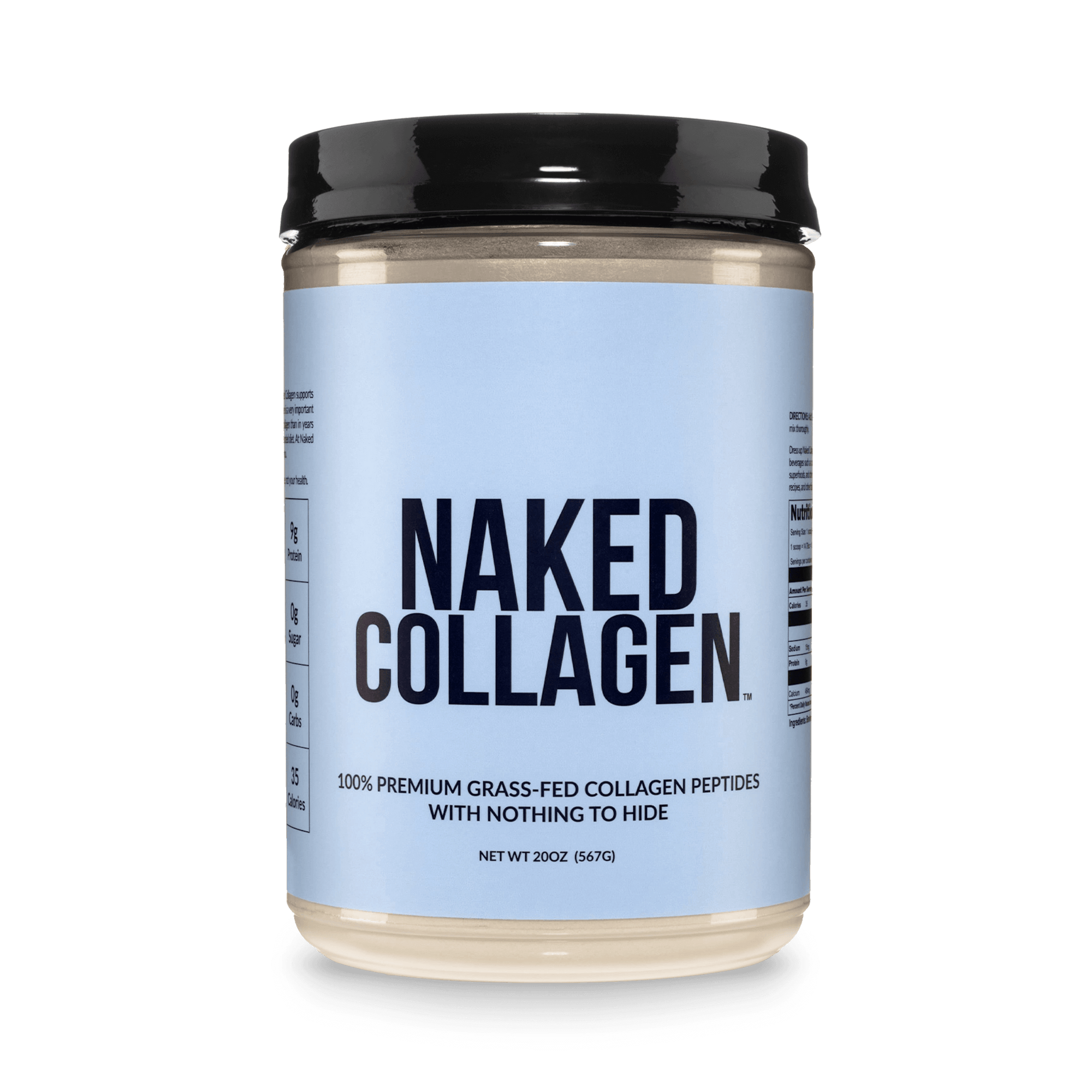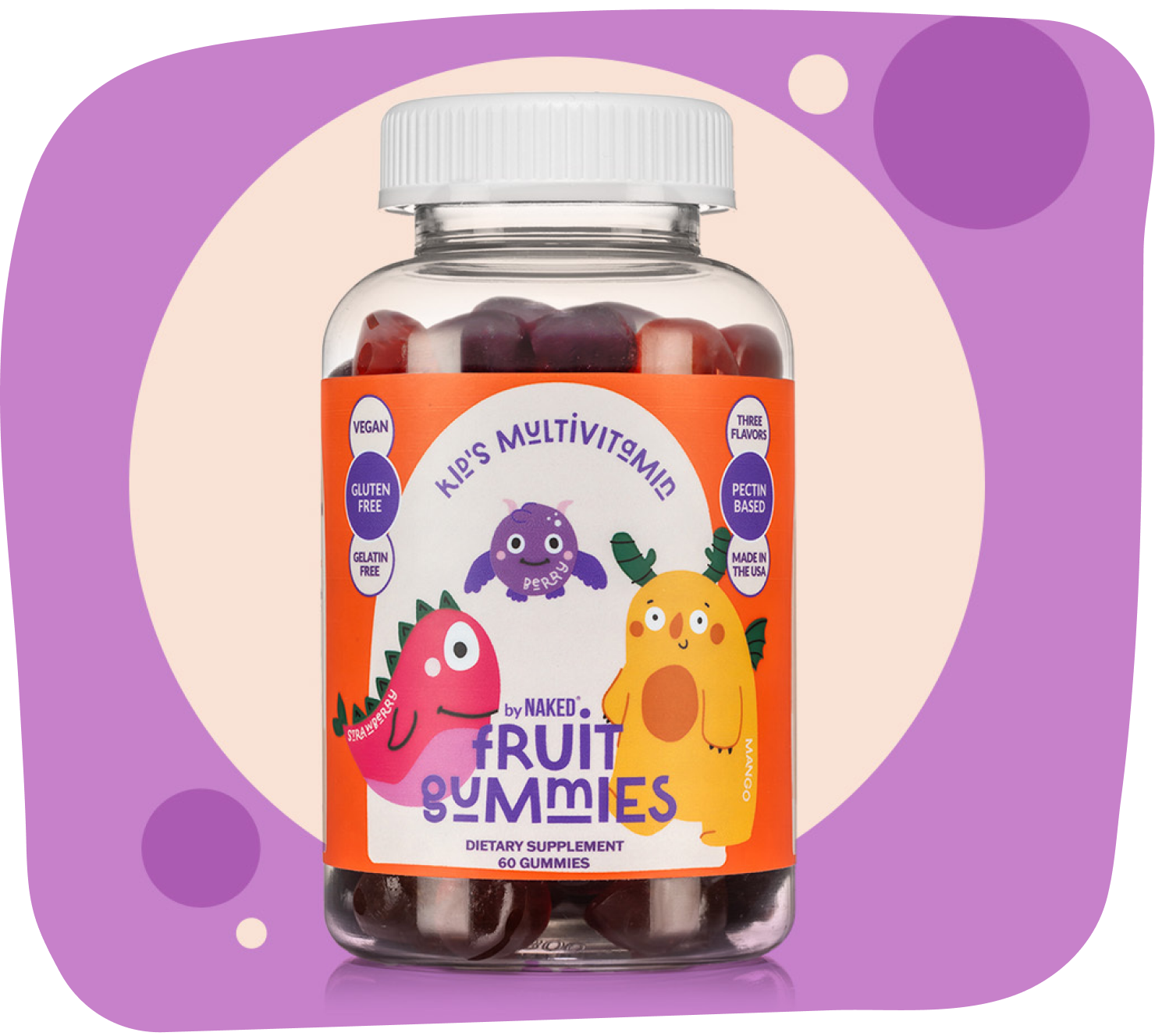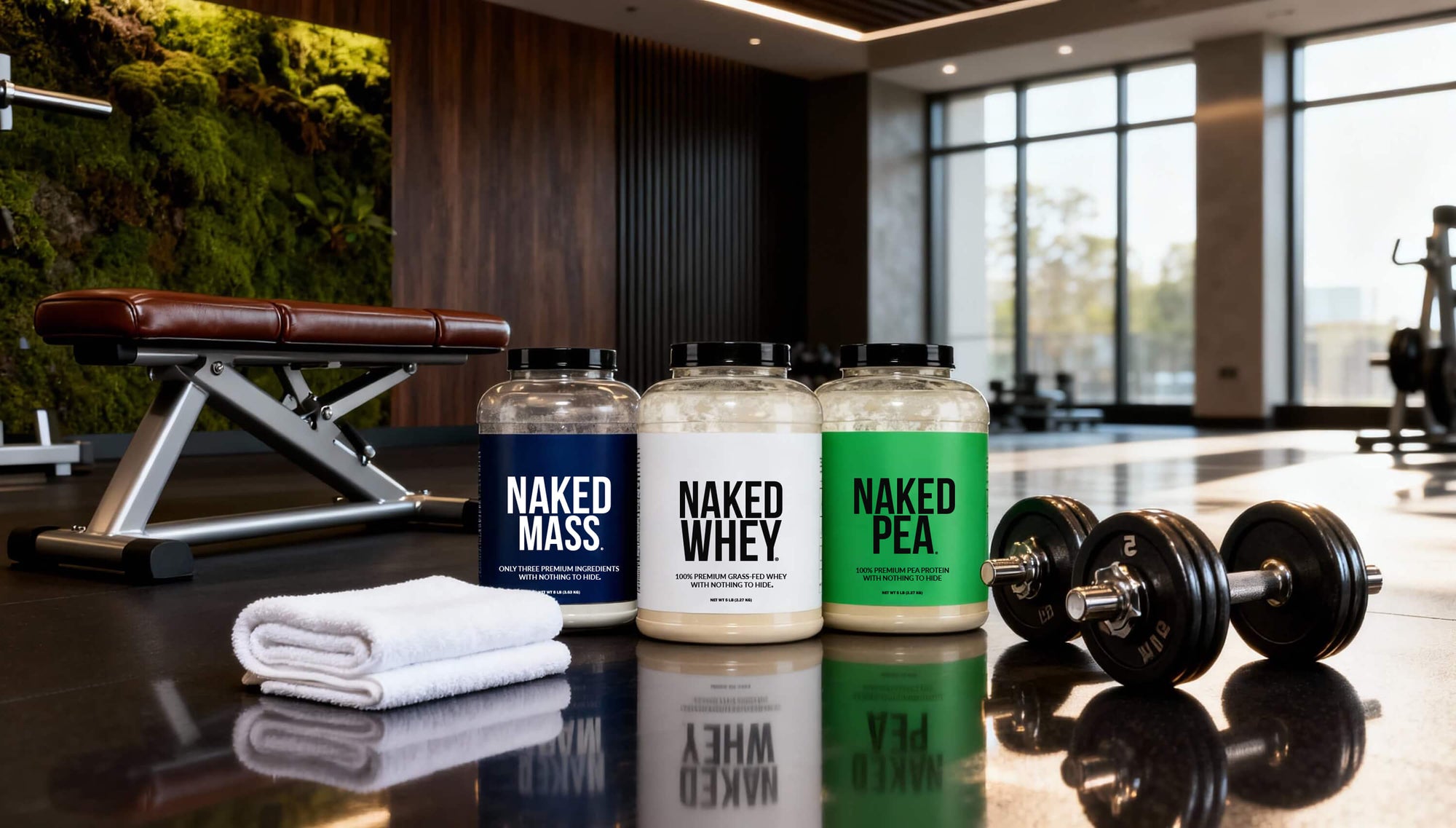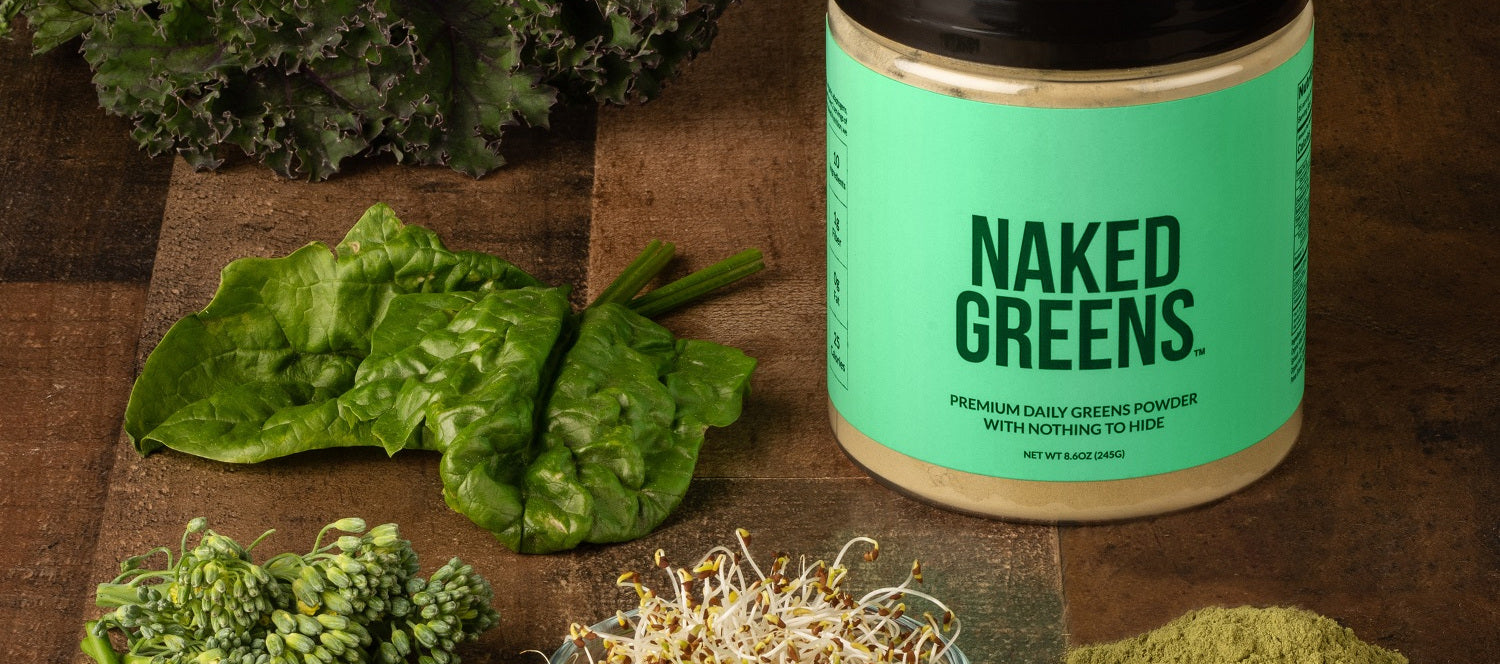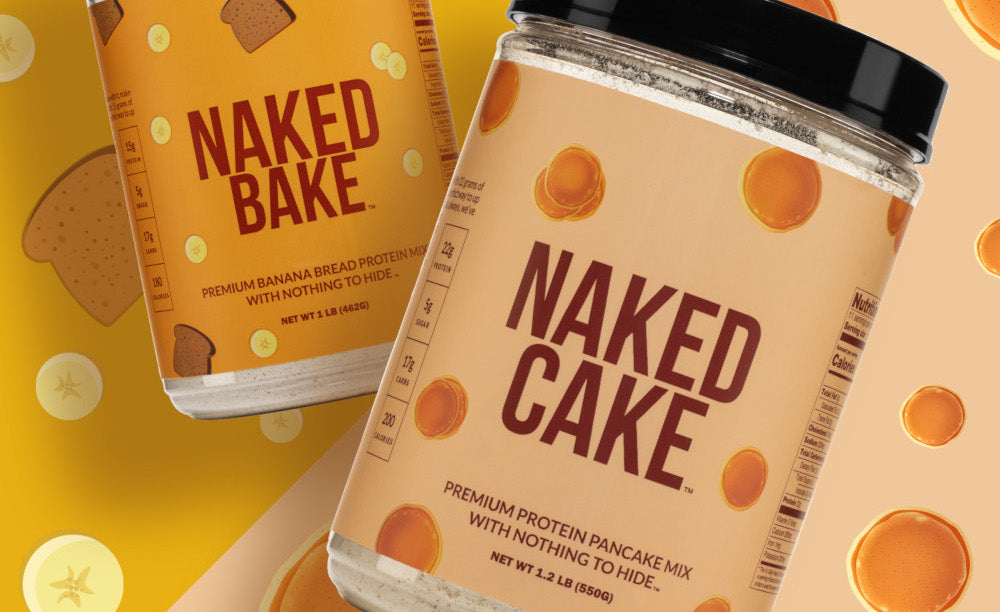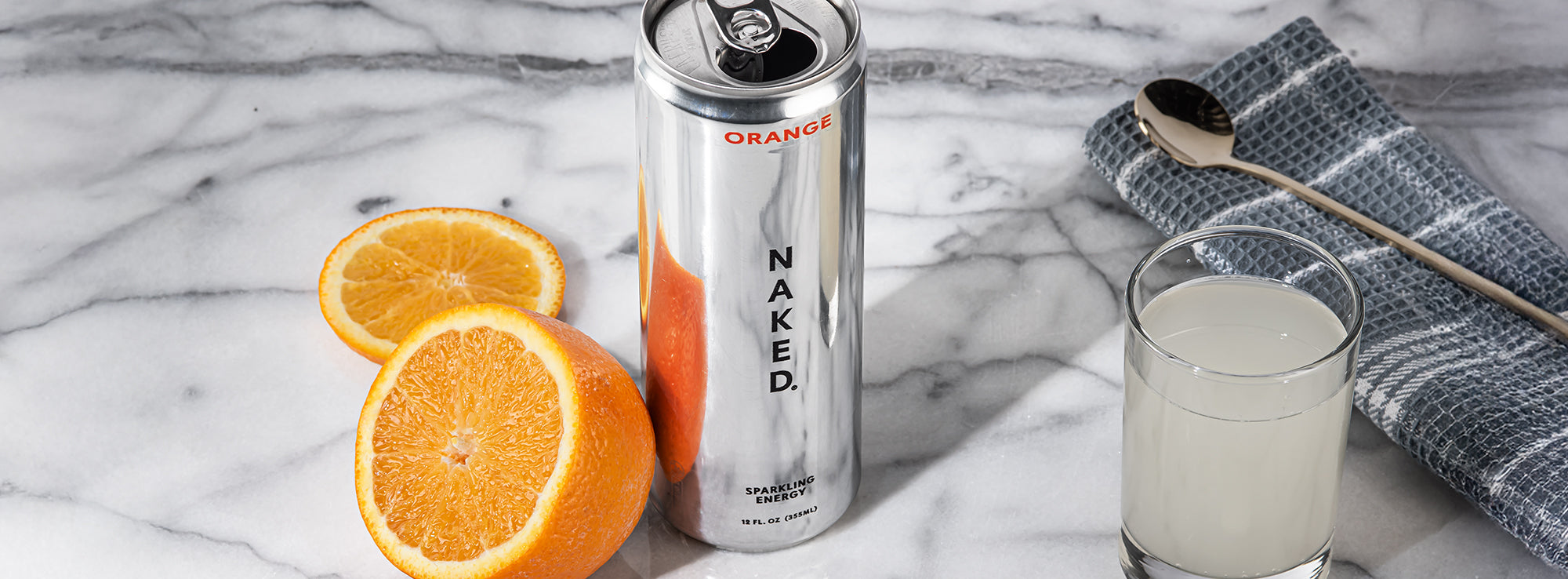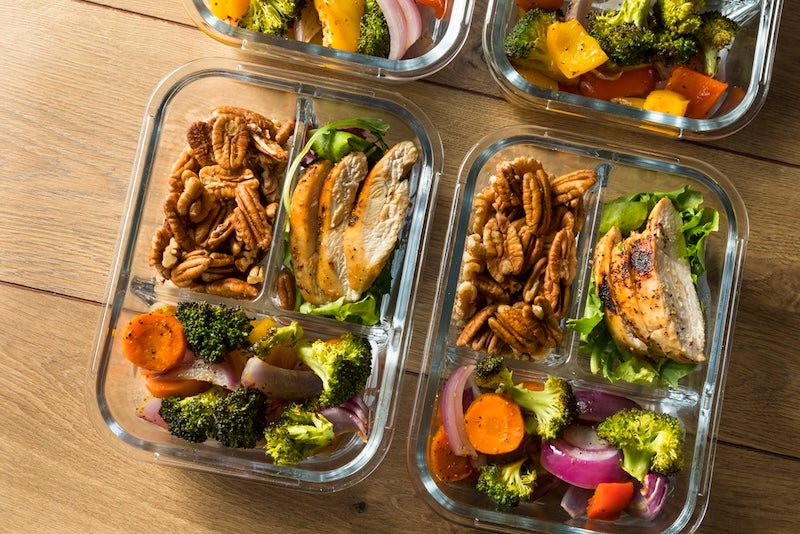You’ve probably scrolled on social media before and wondered if those perfectly prepped overnight oat jars and portioned-out lunches that pop up on Instagram and TikTok are worth all the attention and time.
What if, behind those portioned meals and containers, lies the secret to the physique you've always dreamed of? Where the dreaded what should I eat dilemma becomes a thing of the past, and you're making choices that your future self will thank you for.
Welcome to the world of meal prepping, where what you’re going to eat is no longer a question you ask yourself.
What's the Point of Meal Prepping
Building a lean and fit body isn't just about gym sessions, it's also about mastering meal prep. This health hack can help you control your calories and macros that keep your body fueled while making your life easier with less decision-making around food.
Whether you're trying to shed a few pounds, tone, or build muscle, this could be the next step you need to take. But, why exactly should you prep your meals? Let's dive in!

Control How Many Calories You Are Eating
Eating out and experimenting in the kitchen can be really fun adventures, but they often come with hidden culinary culprits that sneak extra calories, fats, and sugars into your diet.
Take, for instance, a simple tablespoon of cooking oil, which adds an extra 120 calories. Studies have also shown that when dining out, each meal has ~130 additional calories, depending on the meal that number could be even higher (1).
With meal prepping, you're in charge of nutrition. You can measure and control portion sizes of each ingredient, ensuring that your calorie intake is within your daily target. This eliminates the uncertainty and the hidden extras that can come from restaurant meals or impromptu cooking sessions, helping you prep for a fit and lean body!
Know Your Macros
Understanding and managing your macronutrient intake – proteins, carbs, and fats – is crucial when you have certain physique goals. Each macro plays an important role in making sure your body performs optimally - which helps you reach that goal.
Proteins are the building blocks of muscle; they're not just for muscle development but also repair and recovery after your workouts. Carbohydrates are your body's primary energy source, fueling your workouts and helping with muscle recovery and growth by replenishing glycogen stores. Fats are necessary for maintaining stable blood sugar levels, supporting hormone balance, and providing a concentrated energy source (2).
It's not just about hitting your calorie goals; it's about ensuring those calories are coming from the right balance of macros and meal prepping lets you do just that!
Control the Quality of Ingredients
When you meal prep at home, you choose what goes into your meals, which allows you to make sure you are keeping your body fueled.
Unlike dining out or grabbing fast food, where hidden additives or lower-quality ingredients often lurk, meal prepping puts you in control. You handpick fresh, wholesome ingredients, tailoring each meal to nourish your body. So, every time you choose to meal prep over eating out, you're investing in the quality your body deserves, one carefully chosen ingredient at a time.

Save Hours and Money Every Week
Invest a few hours in meal prep, and you'll save countless moments during the week. With all of the kitchen gadgets we have available, there’s no excuse to not have the vegetables on a sheet pan oven roasting, while the rice cooks in a rice cooker, chicken is in the crockpot, and maybe you even have another protein source or vegetables in the air fryer.
No more last-minute cooking after a long day at work or spending $50 on a meal out that adds up and impacts your waistline and your bank account.
End the Decision Fatigue
You know those days when your to-do list was a mile long, it felt like the day would never end and now it's time to eat. Did you know that in the midst of that, you're also quietly juggling over 221 food-related decisions every single day(3)?
Yep, it's not just your imagination that meal times can feel overwhelming. But here's a little secret: meal prepping can be exactly what you need to save the day.
So, instead of getting lured into the fast-food trap or mindlessly grabbing a giant bag of chips because it's there (we've all been there!), you've got a plan.
A plan that keeps you on track towards your dream physique, even when your brain's too fried to think about what's for dinner. Save your energy for your workouts!
How Many Days Should I Prep For?

You’re going to want to find a balance between freshness, convenience, and personal preference. Typically, prepping for 3-4 days will help make sure your meals stay fresh and tasty according to the USDA. Want it to last longer? Use your freezer for longer storage of up to 4 months.
This is often also the sweet spot for most to avoid burnout from the same meals on repeat. Finding your meal prep groove takes a bit of trial and error, so be patient with yourself.
Meal Prepping for a Fit Lean Body
Meal prepping is a great method for achieving a fit and lean body that involves planning your calories, balancing your macros, and making sure your meals are flavorful so you don’t burn out. From choosing the best vegetables to seasoning your food, here are a few tips to help satisfy your taste buds and support your body's needs.
Figure Out Your Ideal Calorie Deficit Range:
Figuring out your ideal calorie deficit range should be one of the first steps you take when meal prepping. It's all about understanding the balance, you’ll want to be consuming fewer calories than your body burns, but not so few that you're left feeling fatigued.
A general rule of thumb is to start with a moderate deficit, often around 500 calories less than your maintenance level, for steady and sustainable weight loss. To find your maintenance calories, you can use an online calculator as a starting point, this will take into account factors like age, gender, weight, height, and activity level (4).
How Many Daily Meals Are You Preparing?
Are you a three-square-meals person, or do you prefer smaller, more frequent meals? Make sure your meal prep routine matches your eating habits.
Individual preferences can vary greatly, influenced by personal tastes and daily routines. Take some time to reflect on what's going to be sustainable for your lifestyle.
If you're trying to figure out your meal strategy, a good question to ask yourself is, Can I sustain this for the next 90 days? This can help guide you in establishing a meal prep pattern that's both enjoyable and realistic.
How Much Protein?

Making sure you eat enough protein is important if you're trying to shed body fat and preserve lean muscle. While the standard recommendations might not suffice for your goals, research shows that a higher intake, roughly between 1.8 to 2.7 grams of protein per kilogram of body weight daily, can be beneficial for active individuals working on their body composition (5).
If the upper end of this range feels overwhelming or much higher than you feel is possible, begin by assessing your current protein consumption. Gradually increase from there, allowing your body to adapt over time.
What are the Best Lean Protein Sources?
When you are mapping out the meals that you’ll prepare for the week, choosing the right protein sources is a big part of it. Chicken breast, turkey, and lean cuts of beef offer high-quality protein with minimal fat, making them excellent choices for building and repairing muscles.
Seafood lovers can rely on shrimp and fish, not only for their protein but also for their heart-healthy omega-3 fatty acids.
Incorporate these lean protein sources to make sure your body gets the nutrients it needs to thrive and perform at its best.
What Vegetable to Choose
Nutrient-dense options like broccoli, spinach, carrots, and bell peppers not only add a pop of color but also pack vitamins, minerals, and fiber. These choices contribute to a feeling of fullness, helping you stay satisfied while providing your body with the nutrients it craves.
Eating Starchy Carbohydrates and Fruit
Take your meal prep to the next level with starchy carbohydrates like brown rice or quinoa. These whole grains are hearty, satisfying, and filled with fiber. Their slow-releasing energy helps maintain stable blood sugar levels, keeping you fueled and focused throughout the day.
Don't forget to add a splash of natural sweetness through fruits. Their natural sugars and fiber offer a balanced energy boost, making them a great addition to meals!

Make Your Meal Taste Good
Remember, variety is the spice of life! Shake things up every now and then. Swap out ingredients, try new spices, add a new sauce or salsa! Be mindful with sauces – opt for homemade or low-calorie options to keep your meals both tasty and healthy.
This keeps your taste buds guessing and can be the secret sauce to avoiding meal prep burnout. Sure, consistency is key for staying fit and lean, but let's face it, having the same chicken and broccoli combo every day can turn mealtime into a chore rather than a delight.
Meal prepping is your secret weapon for a fit and lean body. It helps you make sure your diet aligns with your fitness goals, giving you control over what you eat and when you eat it.
By investing a little time and creativity, you can enjoy delicious, healthy meals that support your journey to a leaner version of yourself. Remember, the key to sticking with meal prep is enjoying what you eat – so make it tasty, make it nutritious, and make it work for you!
